Samsung Galaxy S6 vs Galaxy S5: in-depth specs comparison
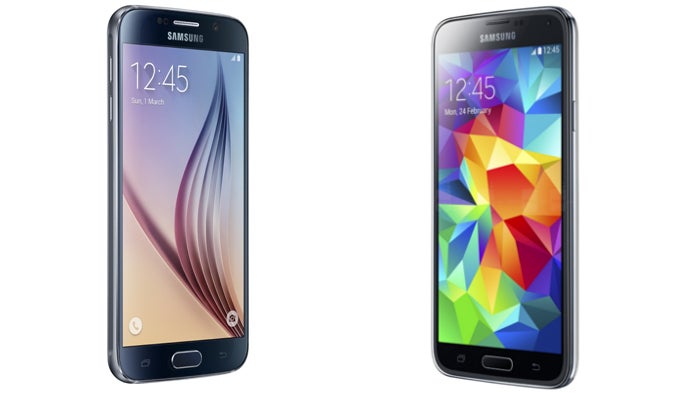
Design
As previously touched upon, both devices rock very differentiating design choices – while the Galaxy S5 sports a plastic body, has a removable back cover, and its rear is covered in the dimpled "Glam" design, which turned out to be quite controversial, but did, in fact, offer a very grippy feel to the handset. Its back has a lump around the camera, as Samsung tends to stick pretty potent sensors in the thin bodies of its flagships. Overall, the plastic body weighs 5.11 oz (145 g), and measures at 5.59 x 2.85 x 0.32 inches (142 x 72.5 x 8.1 mm).
The Galaxy S6 has a beautifully designed aluminium chassis with a glass back, which, contrary to the "Glam" in S5, is completely smooth, making it feel a bit more slippery in comparison. Indeed, those looking for a device that screams "premium" will be pleased at the sight of Samsung's newest flagship. In terms of size and weight, the Galaxy S6 is, surprisingly, lighter and more compact than its predecessor – it weighs 4.87 oz (138 g) and measures at 5.64 x 2.77 x 0.27 inches (143.4 x 70.5 x 6.8 mm), making it thinner, and less wider, albeit slightly taller than its predecessor. The price of the S6's looks is paid in water resistance – the new flagship does not have the IP 67 rating, which the S5 was so proudly touting.
Display
Both handsets may be built employing Samsung's Super AMOLED technology, but this doesn't mean that they are the exact same. Firstly, Sammy chose to hop on the QHD bandwagon, and the Galaxy S6 sports a super-crisp 1440 x 2560 resolution, while the Galaxy S5 has the more modest 1080 x 1920 pixel count. Both screens' diagonals measure at 5.1", which results in a 432 PPI ratio on the Galaxy S5 and a 576 PPI ratio on the S6 – both numbers pointing towards very high pixel density – you'd be hard-pressed to see the individual pixels on any of the two screens, no matter how hard you try.
Additionally, Sammy's been working on the color reproduction of its AMOLED screens for the past year – we've already seen the results with the Galaxy Tab S and the Note 4 / Note Edge, which all had very accurate screens, when set in basic mode. We are sure we can expect the same from the Galaxy S6, while fans of the super-punchy, vivid colors of the AMOLED displays will still be able to get those via other built-in screen settings.
Interface
TouchWiz has been getting a lot of bad rep for being feature-packed and, as a result, sluggish interface. Indeed, it has so many options and processes under all of its nooks and crannies, that a Galaxy smartphone is often expected to feel slightly slower in response than ones with stock, or only slightly modified, Android. Well, Sammy has been working to rectify this, and the UI on the Galaxy S6 is promised to be much lighter, sporting only core Samsung experience apps. How much this will help in snappiness remains to be seen.
Now, looks-wise – the interfaces look pretty similar, however, the new TouchWiz in Galaxy S6 has a Themes app, which will allow users to customize the looks of their handset.
Processor and Memory
The mainstream variant of the Galaxy S5 has a Qualcomm Snapdragon 801 SoC humming under its hood – the year-old mobile processor is a bit aged, but still powerful and relevant. Tha Galaxy S6, on the other hand, sports a Samsung-made octa-core 64-bit CPU, built on a bleeding edge 14 nm process – basically, it should be both noticeably faster, as well as much more power efficient than the SD801. Additionally, the new handset employs a brand new tech for its internal storage, based on the UFS 2.0 standard – it should reach speeds of up to 2.7 faster than the previously used eMMC 5.0.
Now, storage space-wise, the new flagship comes in three variants - 32 GB, 64 GB, and 128 GB, but does not allow microSD expansion. The Galaxy S5, on the other hand, only came in 32 GB, but had a slot for an SD card of up to 128 GB.
Camera
At first glance, both handsets sport similar main snappers, as both employ a 16 MP sensor. However, the Galaxy S6 has OIS and a wider F1.9 aperture, which will let more light into the images, and allow for better depth-of-field effects, compared to the F2.2 one on the S5. Additionally, Samsung promises much faster picture taking, and has added a Camera launcher shortcut – double tapping the home button should launch the Camera app in around 0.7 seconds.
The frontal snapper has also seen a significant upgrade – from 2.1 MP on the S5 to 5 MP on the S6, which also sports a wide F1.9 aperture.
While both cameras have HDR (with real-time preview), 4K video, phase detection, and all the different shot effects (night, moving photo, selective focus, etc.), the app on the Galaxy S6 also has a "Pro mode", which should give users manual access to its many settings – something that has been thus far missing from the Galaxy flagships.
Battery
With a 2,800 mAh juicer under its hood, the Galaxy S5 lasted 7 hours and 38 minutes on our battery life test – a very good result, which guarantees that users will not find themselves out of juice very often, especially if they employ the Ultra Power Saving mode. The Galaxy S6 is armed with a 2,550 mAh power box, however, with its advanced processor and internal memory, and the lighter TouchWiz, we expect that its battery life should be very similar to its predecessor's. It does, however, employ a quick charge tech, which Samsung claims will give the phone a boost worth of 4 hours of on time with just 10 minutes of charging! Additionally, the Galaxy S6 now supports wireless charging from both major standards – WPC and PMA, making sure that you'd be able to charge the device, no matter what charger you have handy.
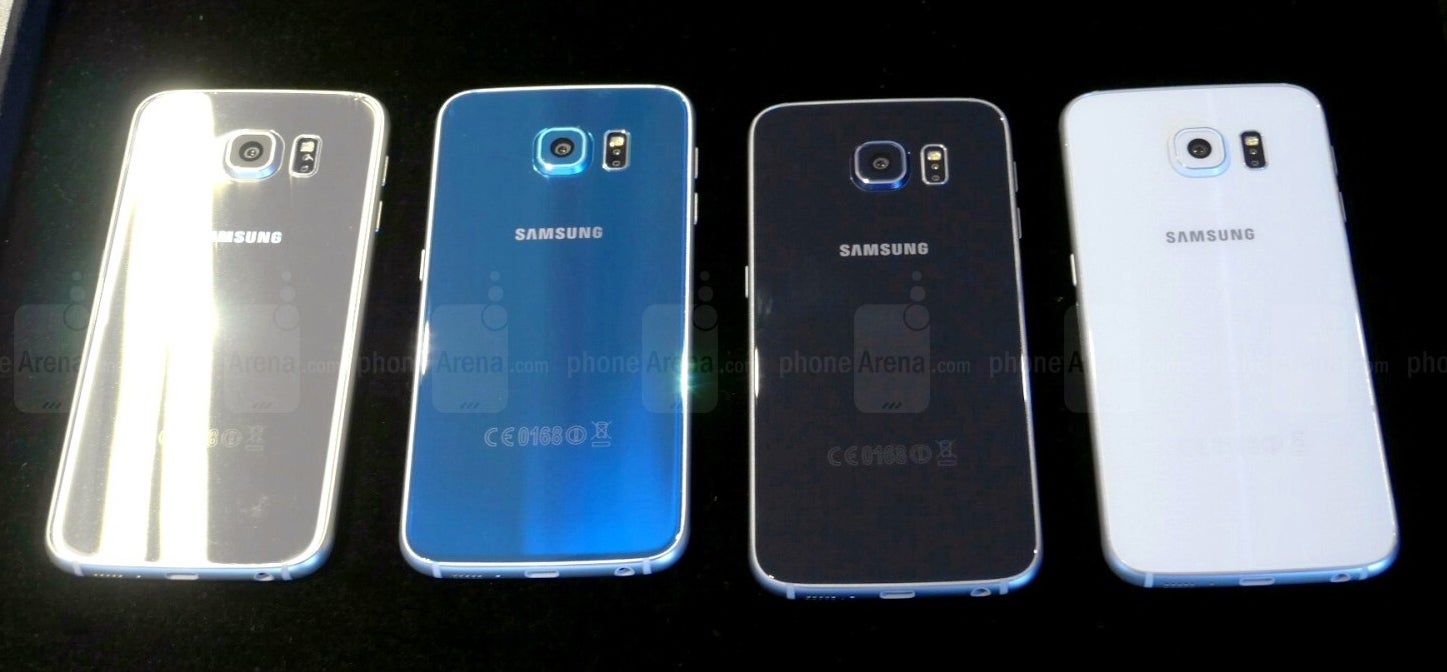
Expectations
Looking at the Galaxy S6 spec sheet, it is undeniably a step above last year's Samsung flagship – a bold design, premium materials, super-sharp and color-accurate screen, and bleeding edge hardware are here to appeal to many; the S6 definitely has the potential to become one of 2015's leading flagships.
The Galaxy S5 on the other hand still ages well. Sure, the phone's design is nothing to lose your breath over, but it still has a rather potent hardware, good battery life, lovely camera, and great screen – for those who like, or simply do not mind, the AMOLED-signature punchy colors.
Follow us on Google News



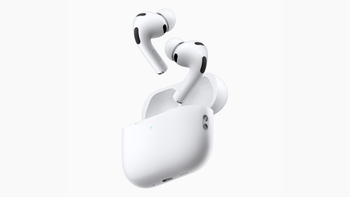
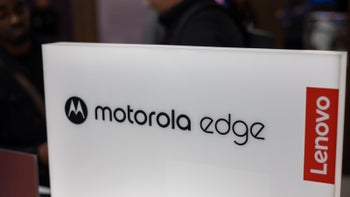

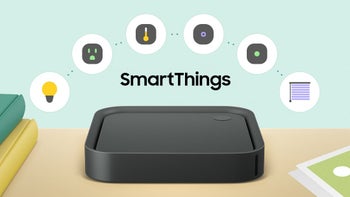
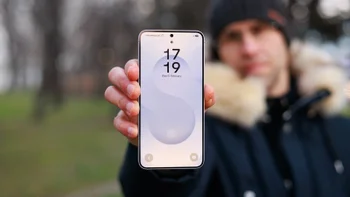
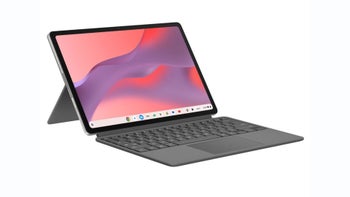
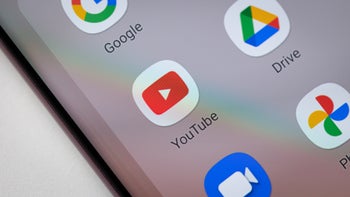
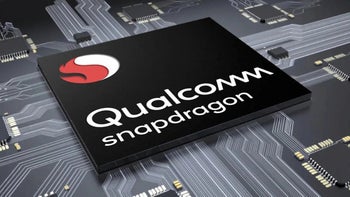

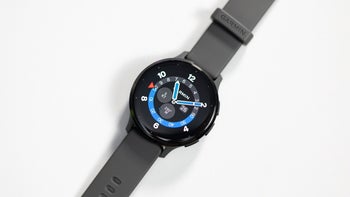
Things that are NOT allowed:
To help keep our community safe and free from spam, we apply temporary limits to newly created accounts: